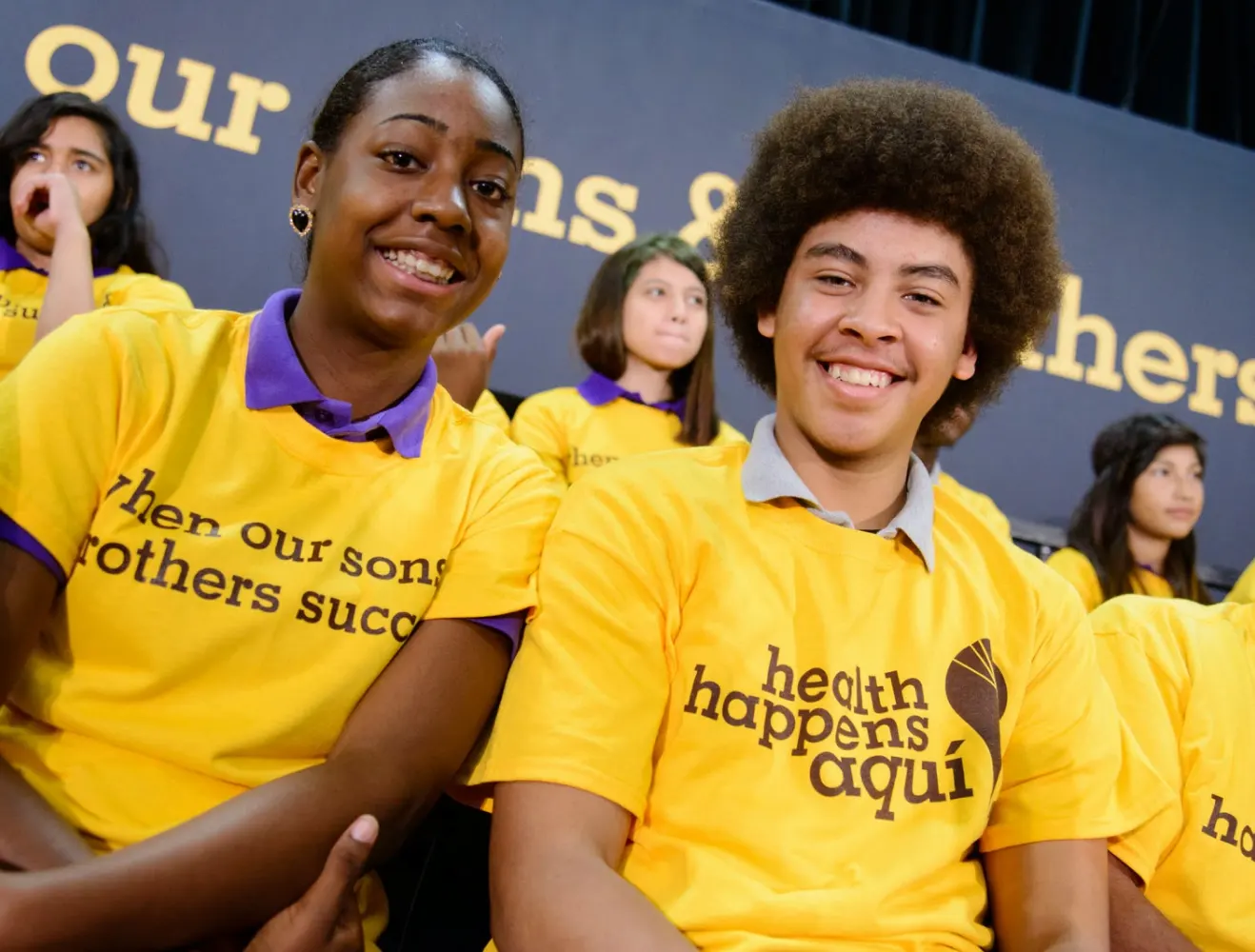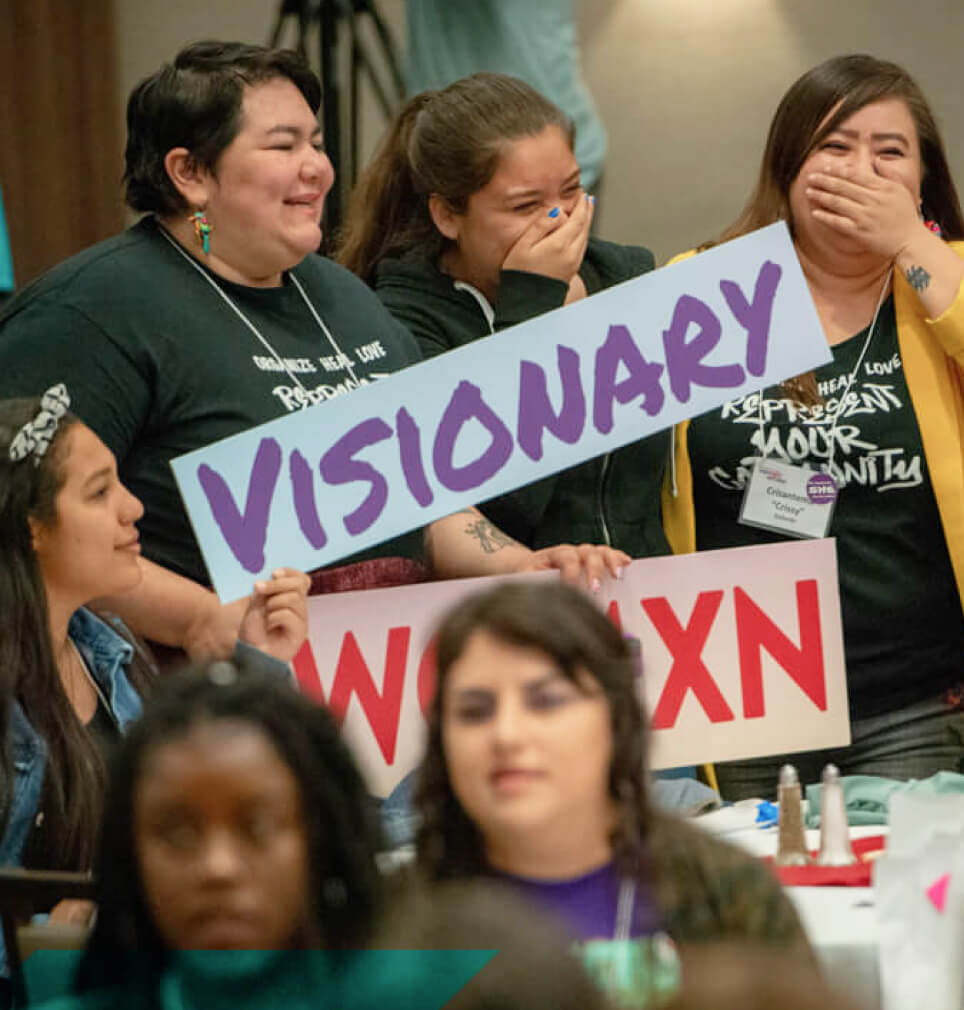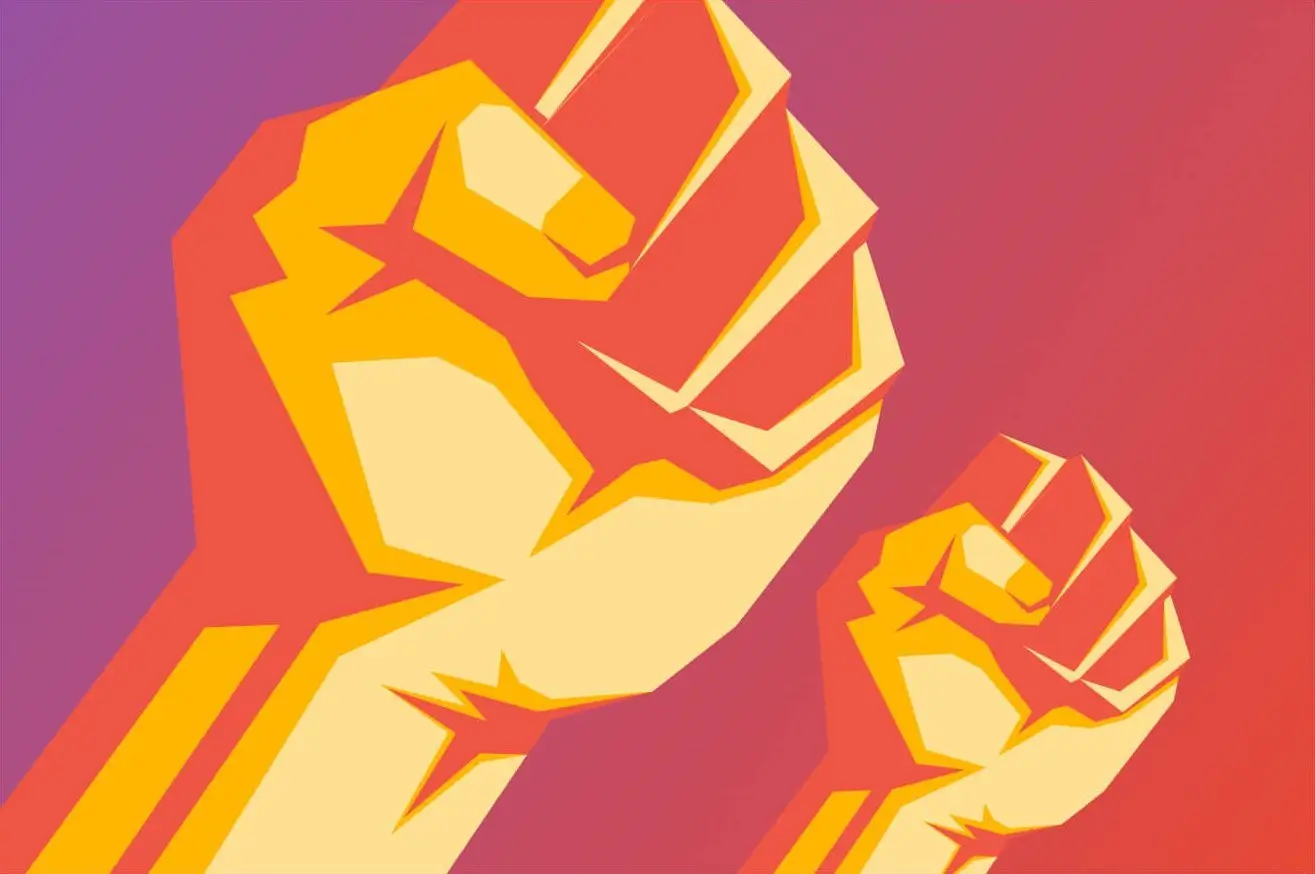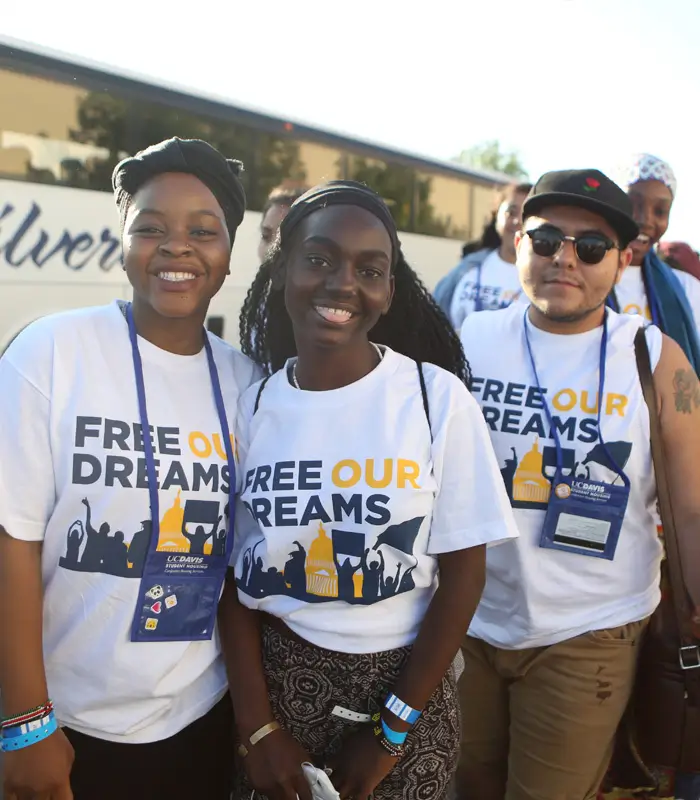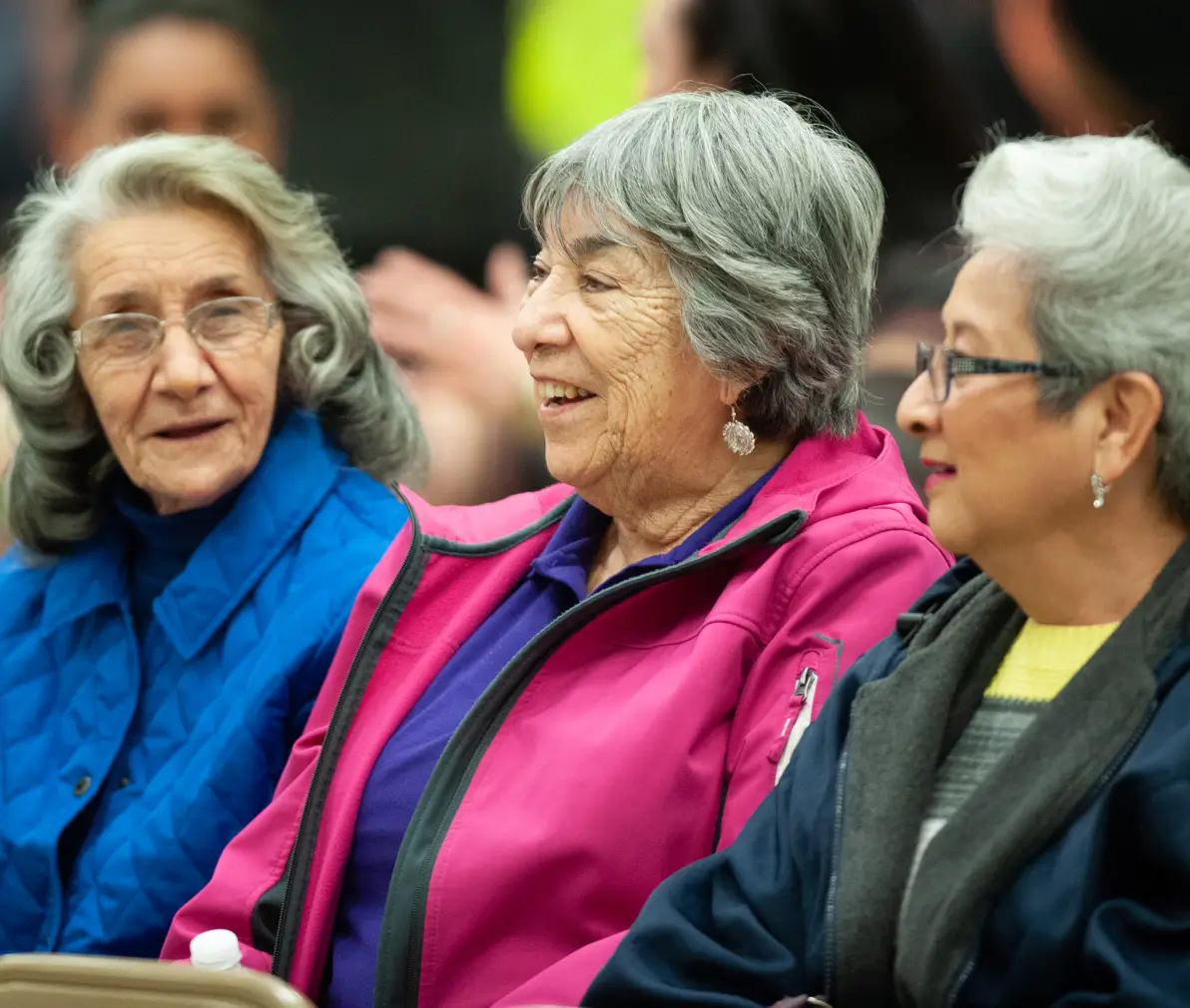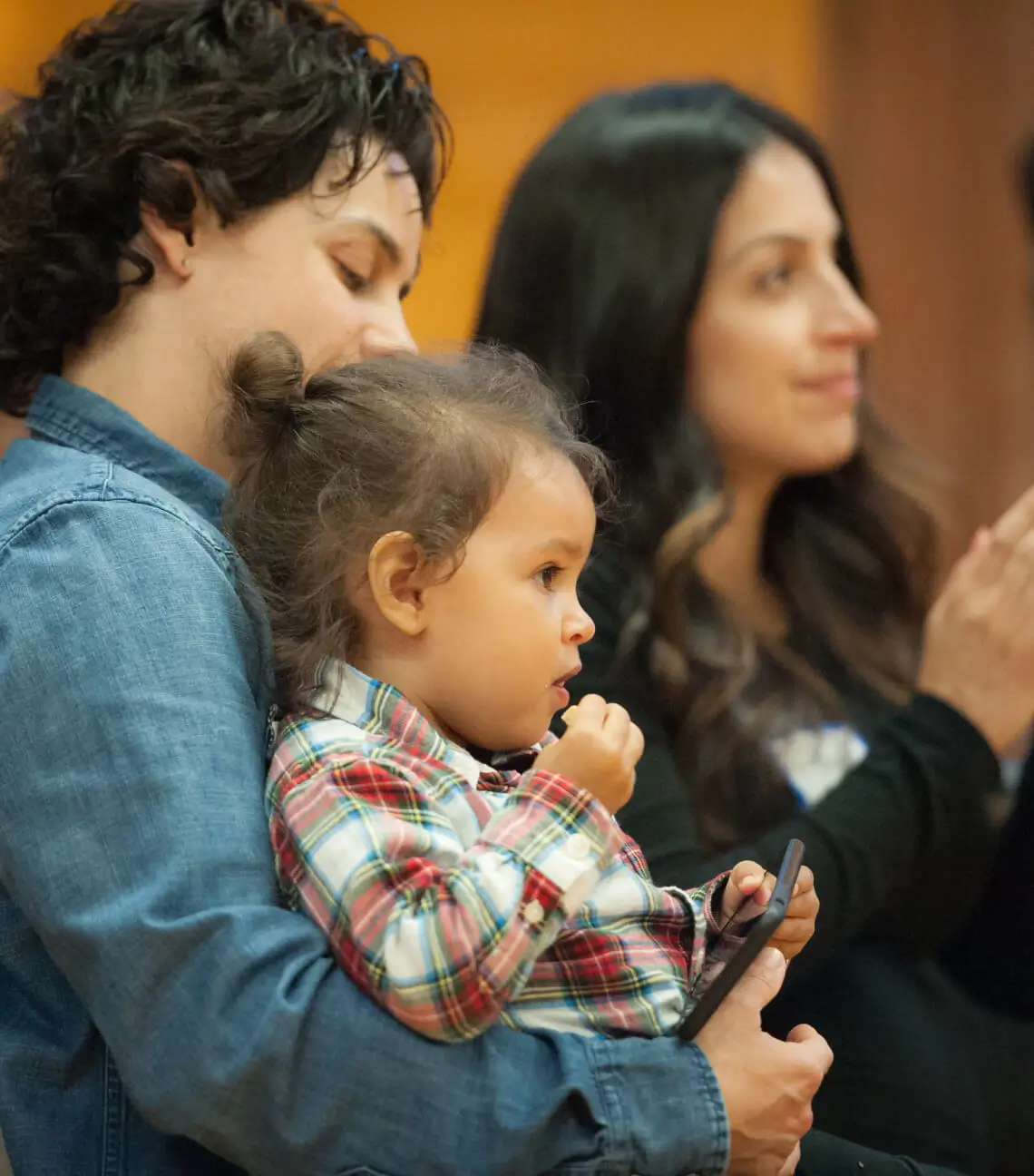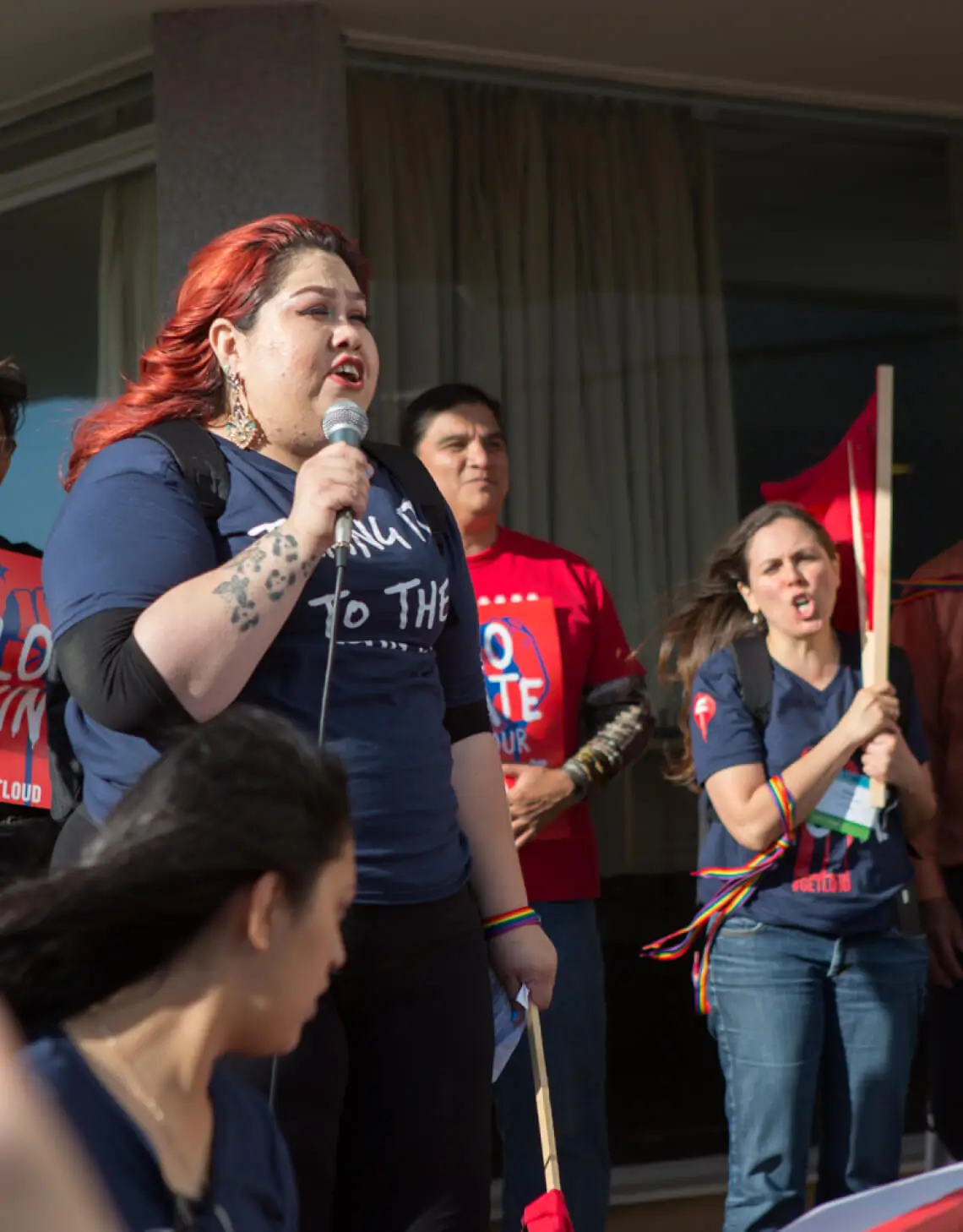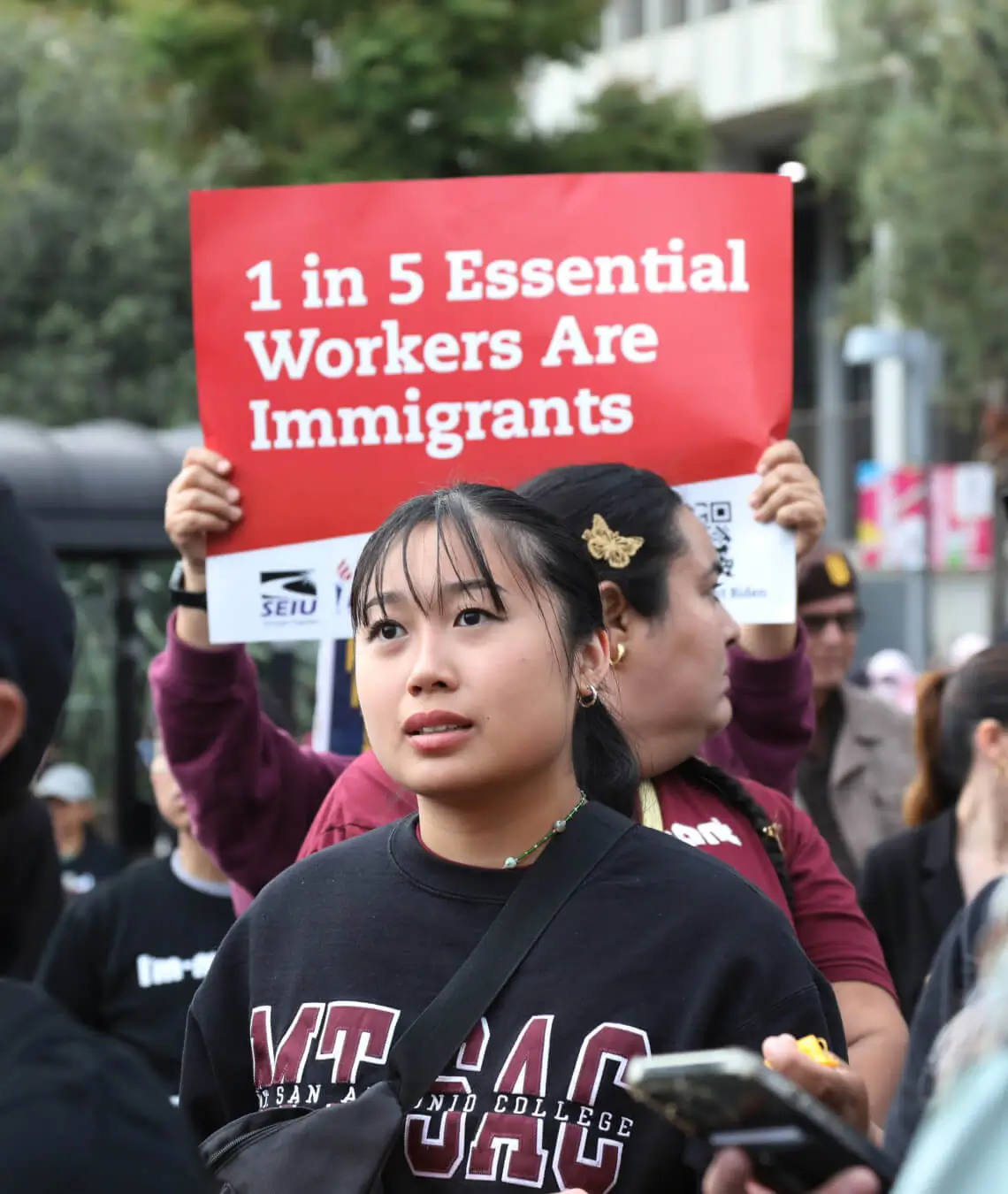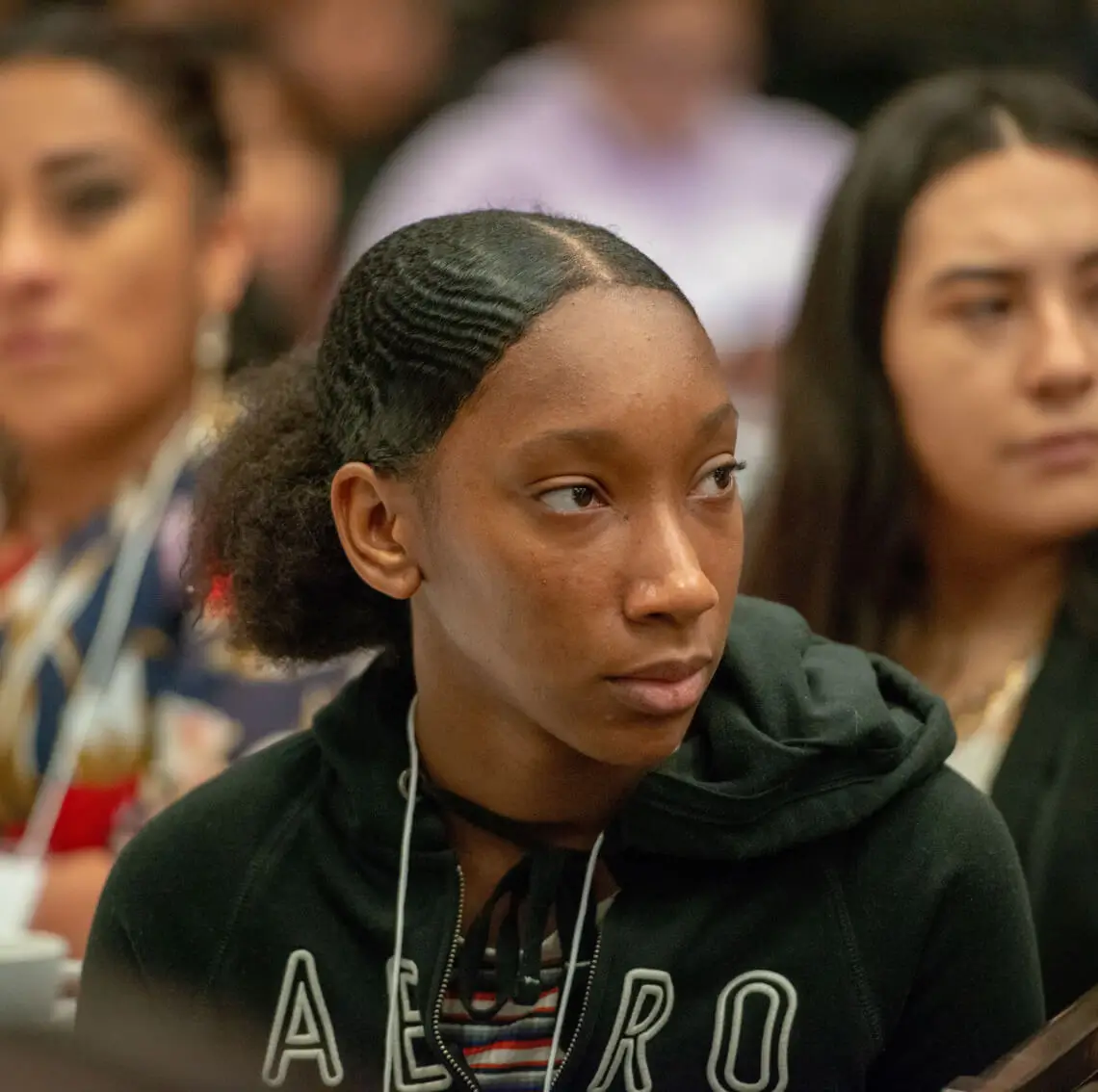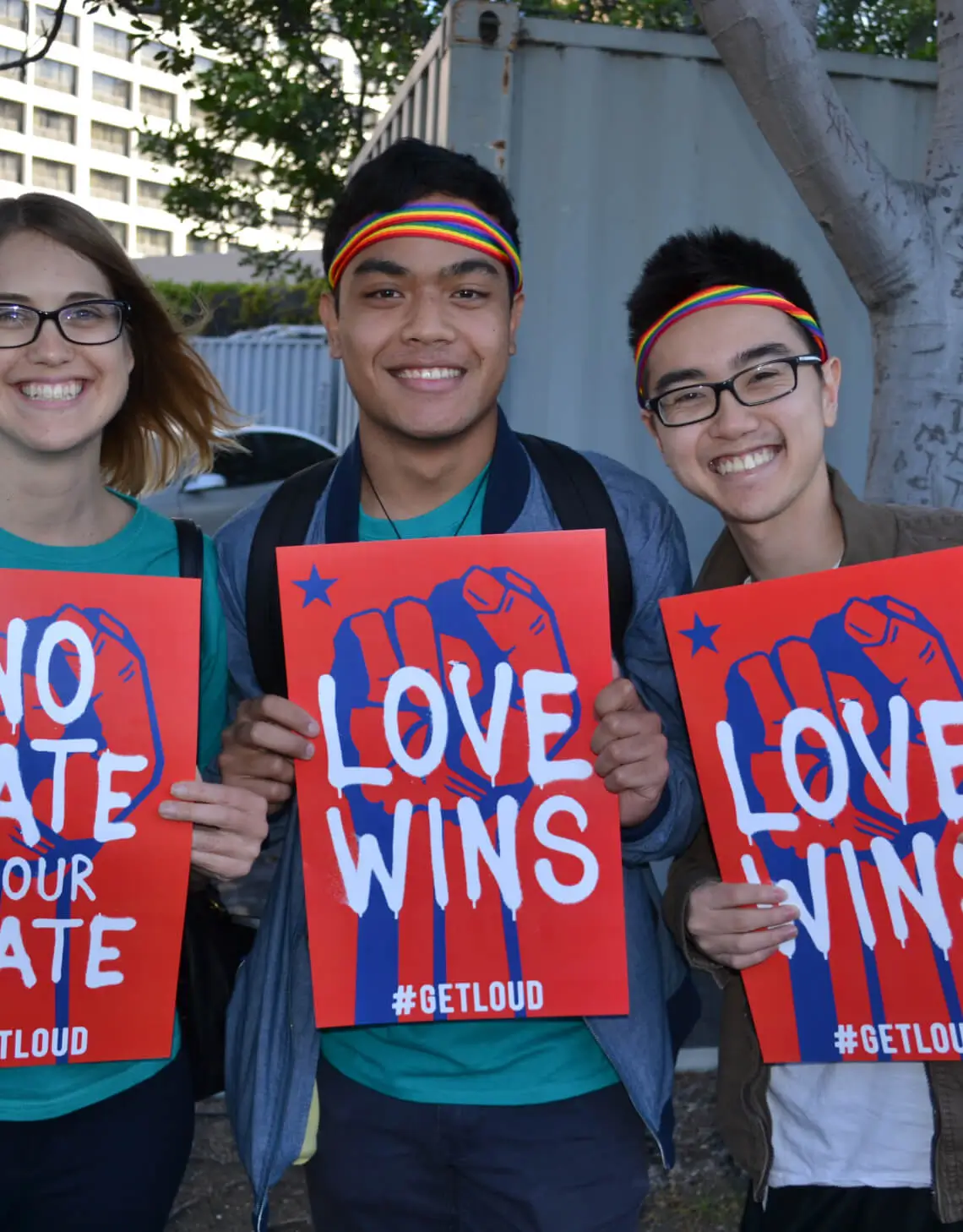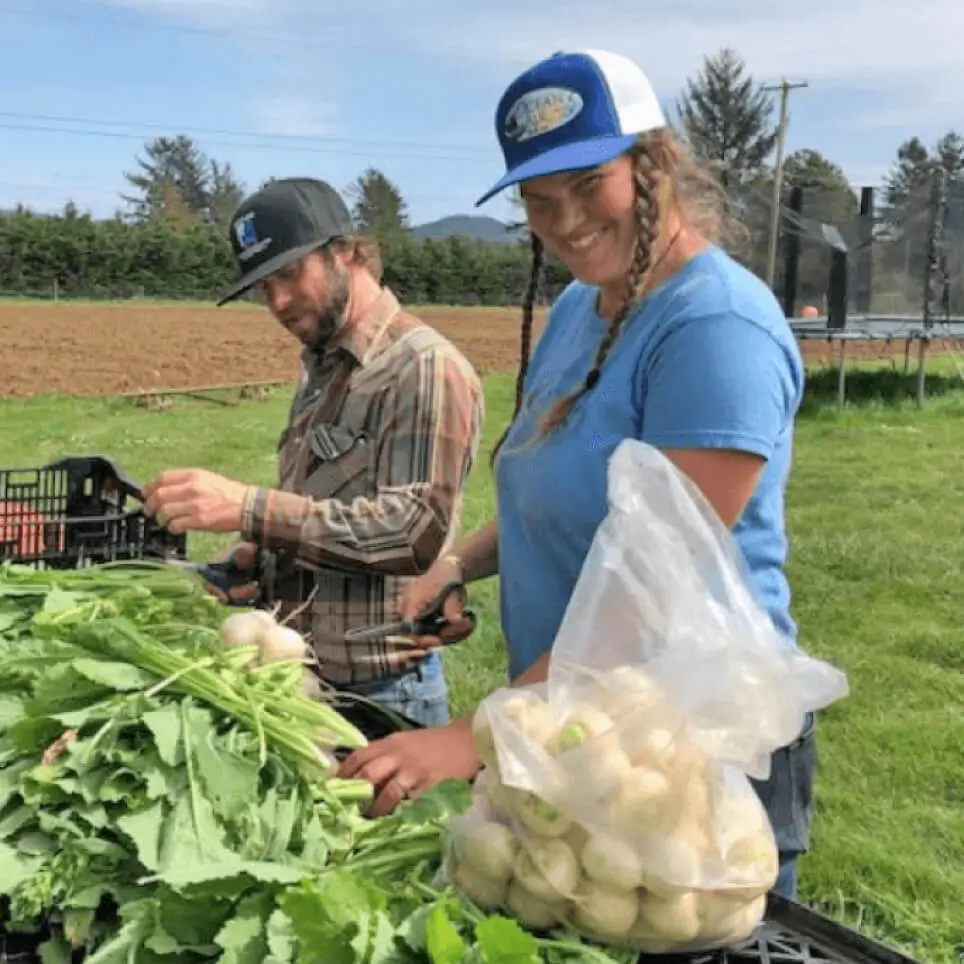Quick facts about the North region
Alameda, Contra Costa, Del Norte, Humboldt, Sacramento, Shasta, Trinity
4,732,648 (12% of California population)
African American - 5.4%
Native American - 4%
API - 6.96%
Latinx - 14.24%
White - 73.3%
16%
Quick facts about the Central region
Fresno, Kern, Kings, Madera, Merced, Monterey, San Joaquin, Stanislaus, Tulare
4,700,314 (12% of California population)
African American – 5.01%
Native American – 2.79%
API – 7.74%
Latinx – 55.3%
White – 80.91%
18.6%
Quick facts about the Los Angeles region
Los Angeles
10,039,107 (25% of California population)
African American – 9%
Native American – 1.4%
API – 15.8%
Latinx – 48.6%
White – 70.7%
14.2%
Quick facts about the South region
Orange, San Bernardino, Riverside, Imperial, San Diego
11,345,868 (29% of California population)
African American – 5.5%
Native American – 8.8%
API – 10.74%
Latinx – 51.5%
White – 78.58%
14.2%


